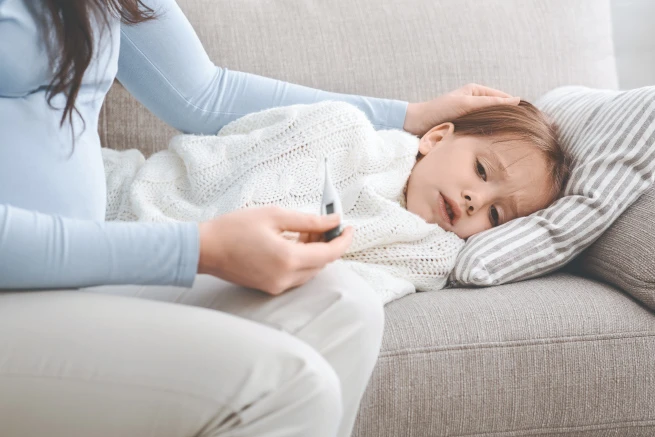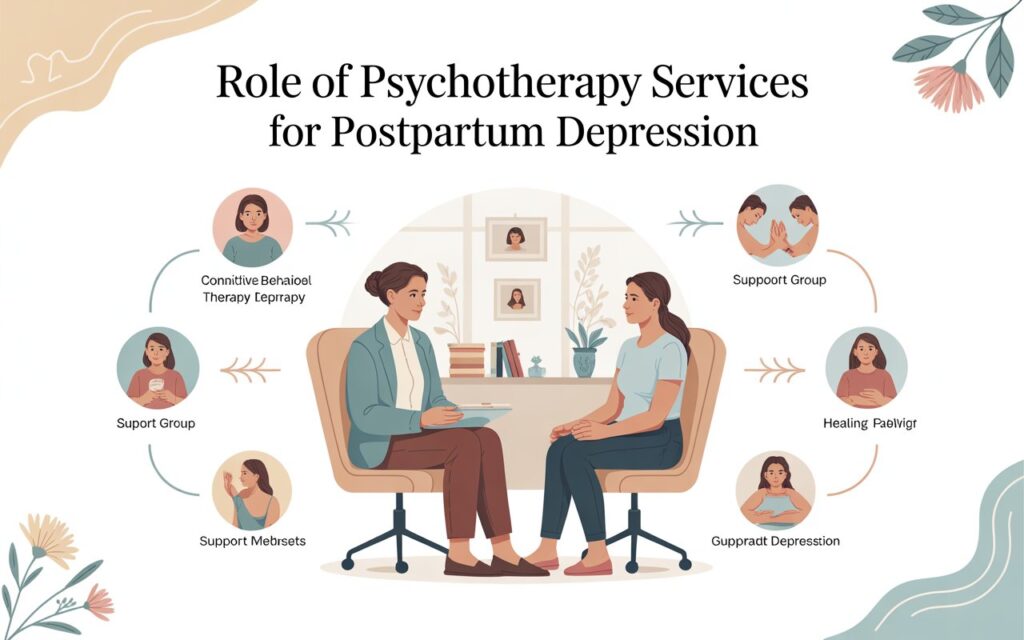Watching a baby experience their first fever can be a stressful moment for any parent. Knowing how to provide proper Mother and Baby care at home Dubai can make a significant difference in keeping the little one comfortable and safe. This guide offers expert-backed advice on recognizing fever symptoms, managing discomfort, and understanding when to seek medical help.
Understanding Baby’s First Fever
A fever is the body’s natural response to infections or illnesses. For babies, especially those under three months, even a slight temperature rise can be concerning. Parents providing Mother and Baby care at home should first understand what constitutes a fever in infants.
What Is Considered a Fever in Babies?
A normal baby temperature ranges between 97°F (36.1°C) and 100.3°F (37.9°C). A rectal temperature of 100.4°F (38°C) or higher is generally classified as a fever. Since babies cannot express discomfort clearly, monitoring their temperature accurately is crucial.
Common Causes of Fever in Infants
Fevers in babies can result from various factors, including:
-
Viral or bacterial infections (common cold, flu, ear infections)
-
Immunizations (mild fever after vaccinations is normal)
-
Overheating (due to excessive clothing or a hot environment)
-
Teething (low-grade fever may accompany gum discomfort)
Recognizing the cause helps in providing appropriate Mother and Baby care at home without unnecessary panic.
Signs and Symptoms to Watch For
Since babies cannot verbally communicate their discomfort, parents must observe physical and behavioral changes. Key signs include:
Physical Symptoms
-
Warm forehead or body
-
Flushed cheeks
-
Excessive sweating or chills
-
Poor feeding or lack of appetite
Behavioral Changes
-
Increased fussiness or crying
-
Lethargy or unusual sleepiness
-
Difficulty waking up
Monitoring these symptoms helps in deciding whether the fever requires immediate medical attention or can be managed with Mother and Baby care at home.
How to Take a Baby’s Temperature Accurately
Using the right method ensures correct readings. The most reliable ways include:
Rectal Temperature (for infants under 3 months)
-
Use a digital thermometer designed for infants.
-
Lubricate the tip with petroleum jelly.
-
Gently insert about half an inch into the rectum.
-
Hold until the thermometer beeps.
Armpit or Forehead Temperature (for older babies)
-
Place the thermometer under the armpit or use a temporal scanner.
-
Ensure the skin is dry for an accurate reading.
Avoid ear thermometers for newborns as they may not provide precise results.
Effective Ways to Manage Baby’s Fever at Home
Providing Mother and Baby care at home involves keeping the baby comfortable while the fever runs its course. Here are safe and effective strategies:
Keep the Baby Hydrated
-
Offer breast milk or formula frequently to prevent dehydration.
-
For older babies, small sips of water or oral rehydration solutions can help.
Dress the Baby Comfortably
-
Avoid overdressing; lightweight clothing is ideal.
-
Use a light blanket if the baby feels chilly.
Maintain a Cool Environment
-
Keep the room well-ventilated and at a comfortable temperature.
-
Use a fan (indirectly) to circulate air if needed.
Sponge Baths for Comfort
-
Use lukewarm water (not cold) to gently sponge the baby’s body.
-
Focus on the forehead, armpits, and groin area.
-
Avoid alcohol or ice baths, as they can cause shivering.
When to Seek Medical Help
While most fevers are harmless, certain situations require professional attention. Parents practicing Mother and Baby care at home should watch for these red flags:
Urgent Warning Signs
-
Fever in a baby younger than 3 months (100.4°F or higher)
-
Fever lasting more than 24 hours (for babies under 2 years)
-
Difficulty breathing or rapid breathing
-
Unusual rashes or purple spots
-
Signs of dehydration (dry mouth, no tears, fewer wet diapers)
-
Seizures or excessive drowsiness
Contacting a healthcare provider promptly in these cases ensures the baby receives timely care.
Preventing Future Fevers
While not all fevers can be prevented, good Mother and Baby care at home practices can reduce risks:
Hygiene and Sanitation
-
Wash hands frequently before handling the baby.
-
Clean toys and surfaces regularly to minimize germ exposure.
Up-to-Date Vaccinations
-
Follow the recommended immunization schedule to protect against infections.
Avoid Overheating
-
Dress the baby in weather-appropriate clothing.
-
Ensure the sleeping area is comfortably cool.
Final Thoughts
Handling a baby’s first fever can be daunting, but with the right knowledge, parents can provide effective Mother and Baby care at home in Dubai. By recognizing symptoms early, using proper temperature-taking methods, and knowing when to seek help, caregivers can ensure their little one stays safe and comfortable. Always trust parental instincts—if something feels off, consulting a healthcare professional is the best course of action.









